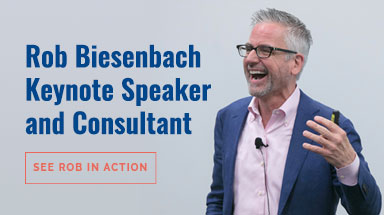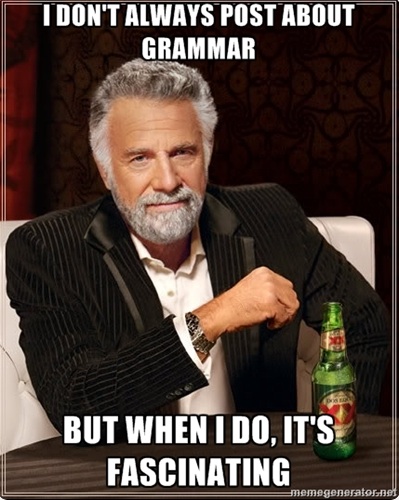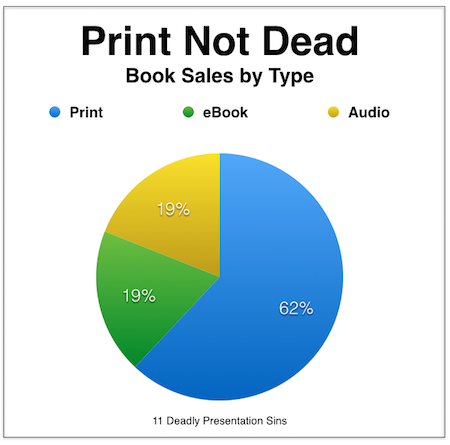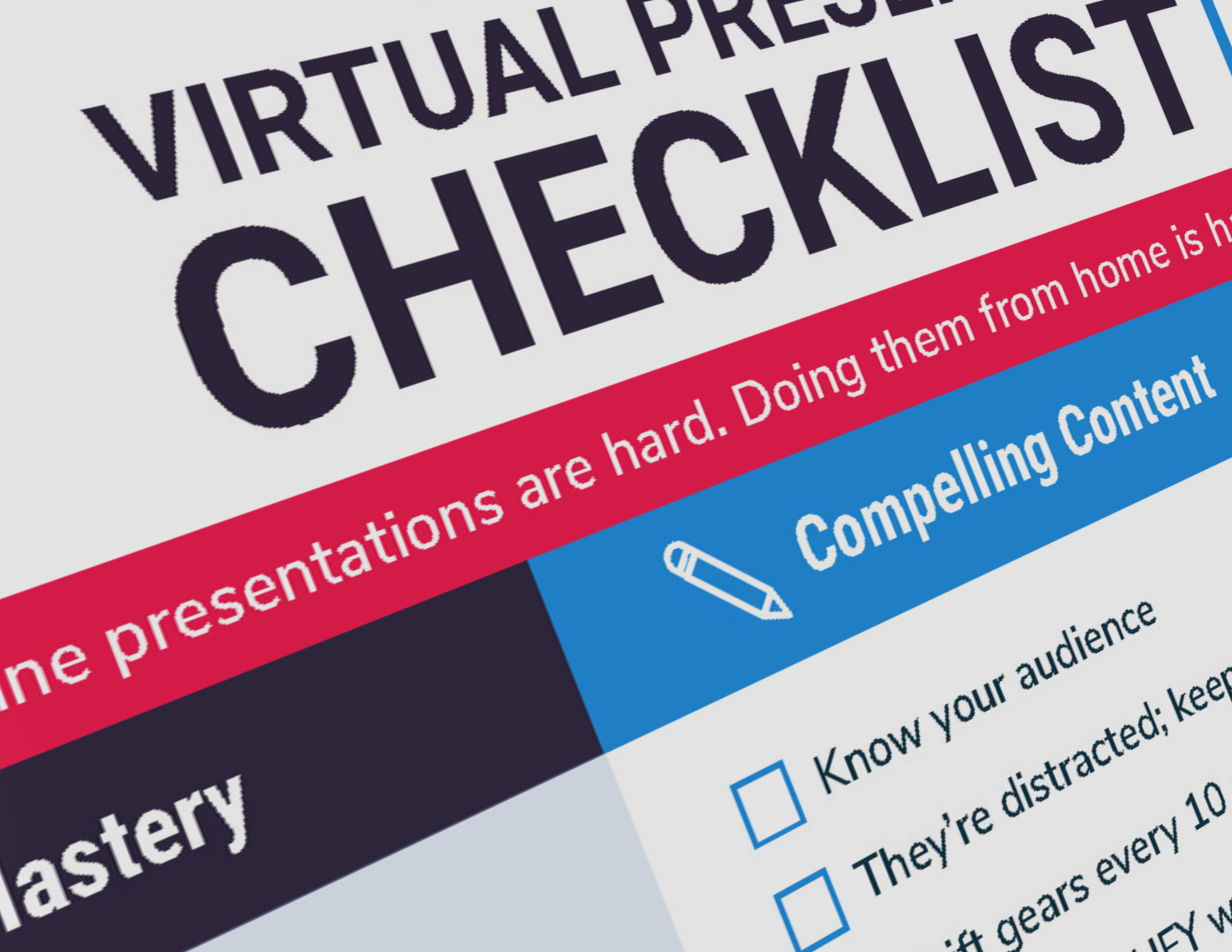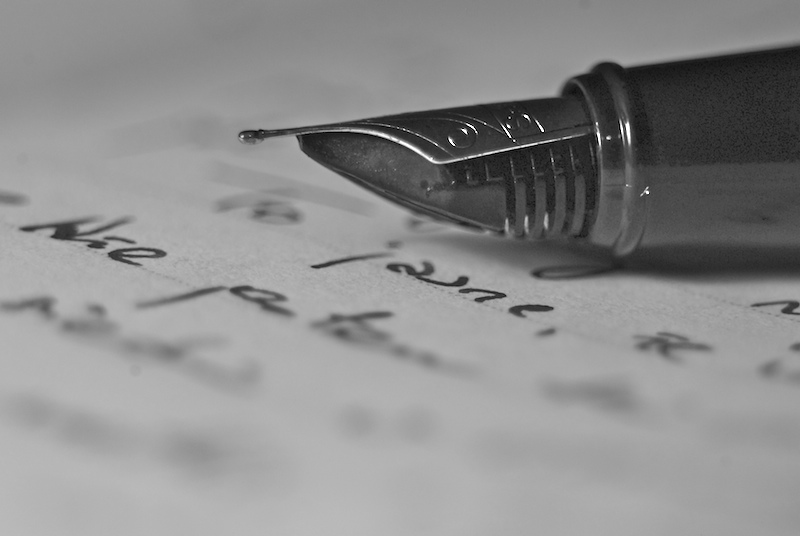 We hear the complaint all the time — most often, it’s about “the kids these days” — that nobody knows how to write anymore. We can blame bad parenting or inadequate schooling or text messaging, but there’s at least one thing we can do about it: help them improve.
We hear the complaint all the time — most often, it’s about “the kids these days” — that nobody knows how to write anymore. We can blame bad parenting or inadequate schooling or text messaging, but there’s at least one thing we can do about it: help them improve.
It’s called editing and, unfortunately, few people are equipped with the skills necessary to be good editors. And fewer take the time to do it right.
Editing is difficult. It requires objectivity, a critical eye and people skills, among other things. And it involves confrontation, which most people tend to avoid.
Editing is about more than simply ordering revisions to documents as they come across your desk. It’s an ongoing process of identifying writers’ weaknesses, offering constructive criticism and putting them on a path to improvement.
Are you part of the problem? Check out this list of the worst habits of bad editors and see if there’s anything that you recognize:
1. Rewrite instead of edit
Bad editors get so caught up in their own vision of the way that things should be, that they end up rewriting instead of editing.
So don’t just strike out copy and scribble additions in the margins. Offer suggestions and ask questions (or make liberal use of the comments feature in Microsoft Word’s “track changes”): We could use a stronger lead — what’s the most important point to emphasize? This is phrased awkwardly — how can we put it better?
2. Avoid face time
Editing requires a conversation. Instead of just marking up a document and handing or sending it back, take the time to sit down with writers to provide explanation and give them an opportunity to respond.
By failing to point out patterns and problem areas, bad editors are condemned to seeing the same issues crop up over and over again.
3. Focus only on the negative
As with any feedback, editing requires a balance of constructive criticism and positive reinforcement. Just pointing out errors is deflating and causes people to tune out. You should also be identifying strengths — that is, if you want the writer to repeat them.
4. Assume ignorance
If a piece of information surprises you or conflicts with what you know, then don’t assume that it’s wrong. You may be working off of outdated information or already-discarded ideas. Or it’s entirely possible that the writer — by immersing herself in the subject matter — knows something that you don’t. Make sure that you’ve got your facts straight before correcting him or her.
5. Insist on perfection
Bad editors subject documents to endless rounds of edits and reviews by committees, which is a sure recipe for mediocrity. Tighten the review circle, eliminate the bottlenecks, and accept the fact that nothing will ever be perfect or 100 percent up-to-date. In fact, these days, you can count on something being out-of-date the moment you say, send or post it.
6. Wait until the last minute
The ideal time to edit a document is when it’s in Microsoft Word form, not after someone has already designed it and laid it out. That’s the time for proofing the copy. Making major changes at that stage is more difficult, costly and likely to result in errors. So even if you’re going to edit documents often, then make it a point to edit them in the early stages.
7. Fail to learn from experience
Of course, one of the best ways to learn to be a better editor is to apply your experience from being on the other end of the editing pen. We’ve all had a boss or a client who’s made these mistakes and others. Don’t be that person. End the cycle of bad editing.
Speaking of applied learning, make it easier on those who edit you. Don’t be difficult. Disputing the small stuff is a waste of time and energy. And being defensive hurts your credibility. Keep in mind that this is business — not art — and that you’re not Shakespeare. Choose your battles, be open to compromise and learn to let things go.
In the end, much of being a good editor comes down to being a good manager: understanding people as individuals, figuring out what motivates and inspires them, learning their style and adjusting yours accordingly for best results.
It’s also about being a good human being — treating people decently and fairly, being honest yet tactful and engaging them instead of dictating to them.
And while there isn’t any amount of attention from an editor that can make a bad writer a good writer, people with the basic raw skills can learn to be better writers with a little constructive guidance.
(This post was originally published February 6th in PRSA’s PR Tactics)
